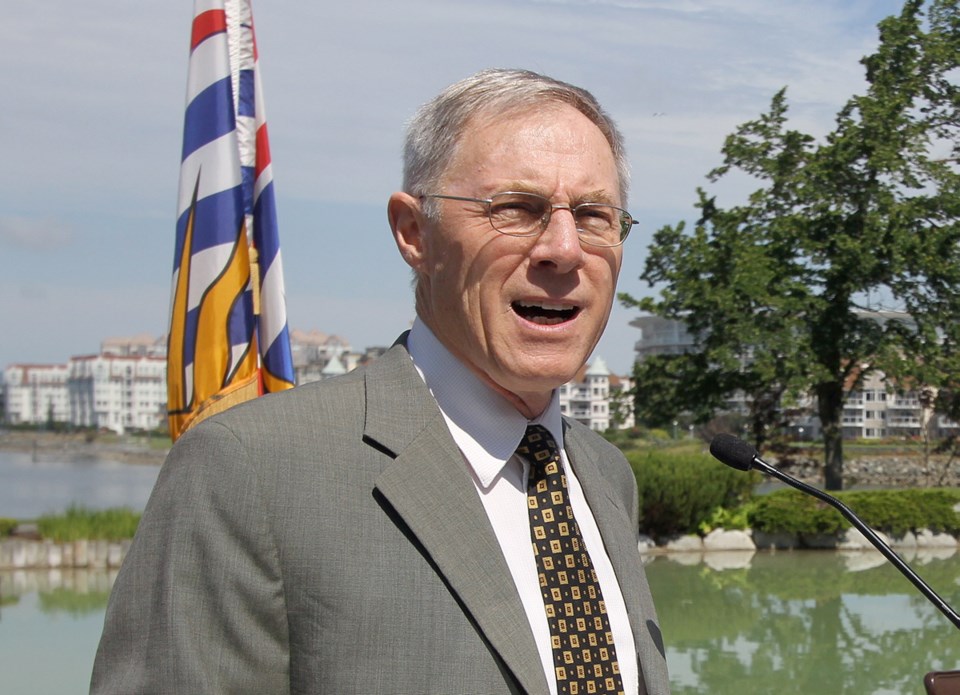Capital Regional District directors turned their attention away from the front end of the sewage treatment process this week, striking a new committee to see if innovative technologies dealing with sewage sludge at the back end might provide environmental benefits and offset costs.
Currently, the CRD’s sewage treatment plan calls for a $258-million anaerobic digestion facility to be built at Hartland Landfill.
CRD directors created a new select committee Wednesday with a $250,000 budget to spend the next six months investigating and evaluating options for “integrated resource management” such as gasification — a process whereby solid wastes that would normally go to the dump are mixed with sewage biosolids (the sludge that remains after sewage treatment) and used to generate power.
But concerns were raised over the makeup of the new committee.
Because it’s dealing with garbage as well as sewage, it includes representatives from the entire region — including Metchosin, the Southern Gulf Islands, Highlands, North Saanich, Central Saanich and the Juan de Fuca Electoral Area — in addition to representatives from the municipalities paying for sewage treatment (Victoria, Oak Bay, Esquimalt, Saanich, View Royal, Langford and Colwood). It essentially is the CRD’s finance committee (along with Central Saanich Mayor Ryan Windsor).
The new select committee will follow up on work done by a task force headed by Saanich Coun. Vic Derman, which in recent months heard a number of private sector presentations on a variety of options and concluded that the financial and environmental benefits could be substantial — potentially saving hundreds of millions of dollars.
Derman stressed his task force’s work was preliminary.
“We thought there was enough information to say: ‘Yes, this should be studied further because there may be very substantial financial benefits and there may be very substantial environmental benefits.’ We don’t know that. But we think it may be a realistic possibility,” he said.
Victoria Coun. Geoff Young said that the task force “reached a lot of conclusions about the economic viability of integrated resource management that I do not think were justified by the presentations that were made to the committee.”
Young worried the new committee may be biased toward experimental technology that may be “wildly uneconomic.”
He wondered what would happen if the core area liquid waste management committee has a direction they want to follow for the disposal of biosolids that differs from the new committee.
Saanich Mayor Richard Atwell supported establishing the new committee.
“I think we’ve got pretty solid costs on doing it the traditional way. We’re now looking to create a process in order to figure out the combination of technologies, if you will, that are going to reduce our overall costs,” Atwell said.
Atwell’s suggestion, however, that the new committee rather than CRD staff choose the new evaluation team, failed.
Coun. Ben Isitt called the process being used to study integrated resource management “a distraction” when Esquimalt and Victoria haven’t finalized where to put treatment plants.
A motion to name Young to the new committee in an attempt to provide balance failed.



